
Kubernetes The Hard Way in "Vagrant"?
If you are studying for the Certified Kubernetes Administrator (CKA) exam, you might have come across folks recommending Kelsey Hightower’s Kubernetes the Hard Way. It is an excellent first step for someone who has no idea about the components that form a Kubernetes cluster. As the name suggests, it is created so that you learn the Kubernetes building blocks the “hard way”. But all that can be intimidating to someone who hasn’t played with Kubernetes ever. Also, the guide uses Google Cloud as a platform to install everything, which mandates you to have a Google Cloud account. But don’t worry, there is a version of Kubernetes the Hard Way, which runs locally, hence free. Enter Kubernetes the Hard Way Vagrant! ...
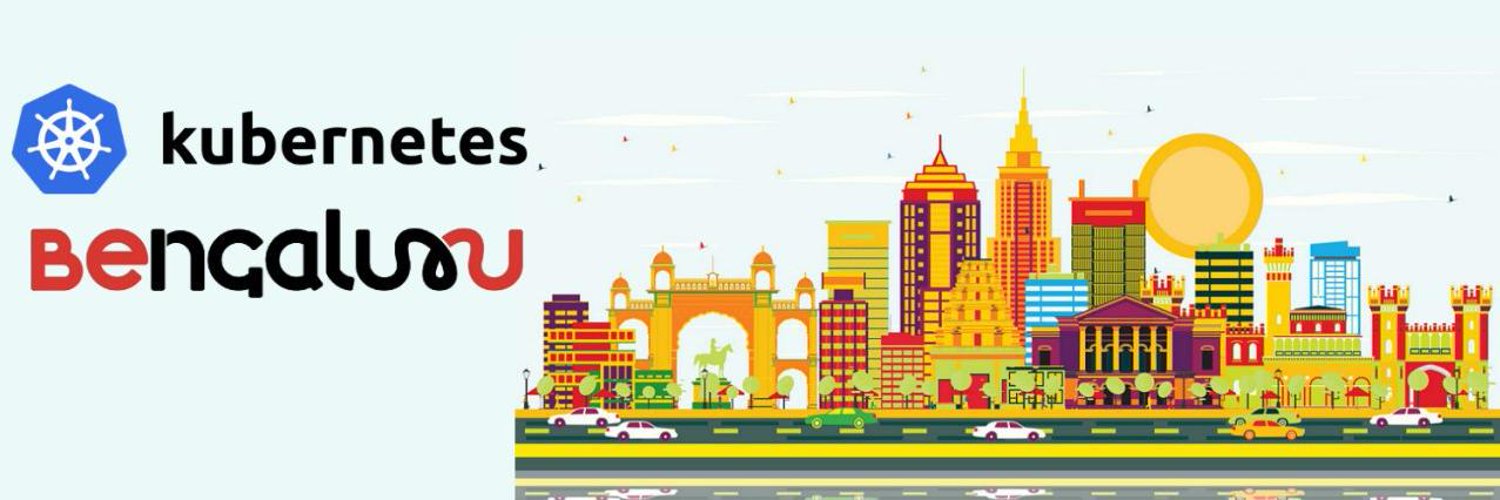
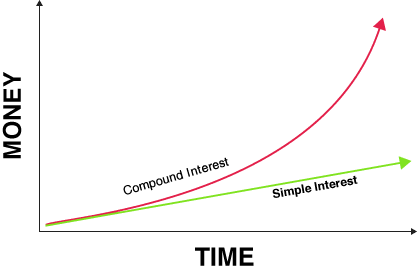
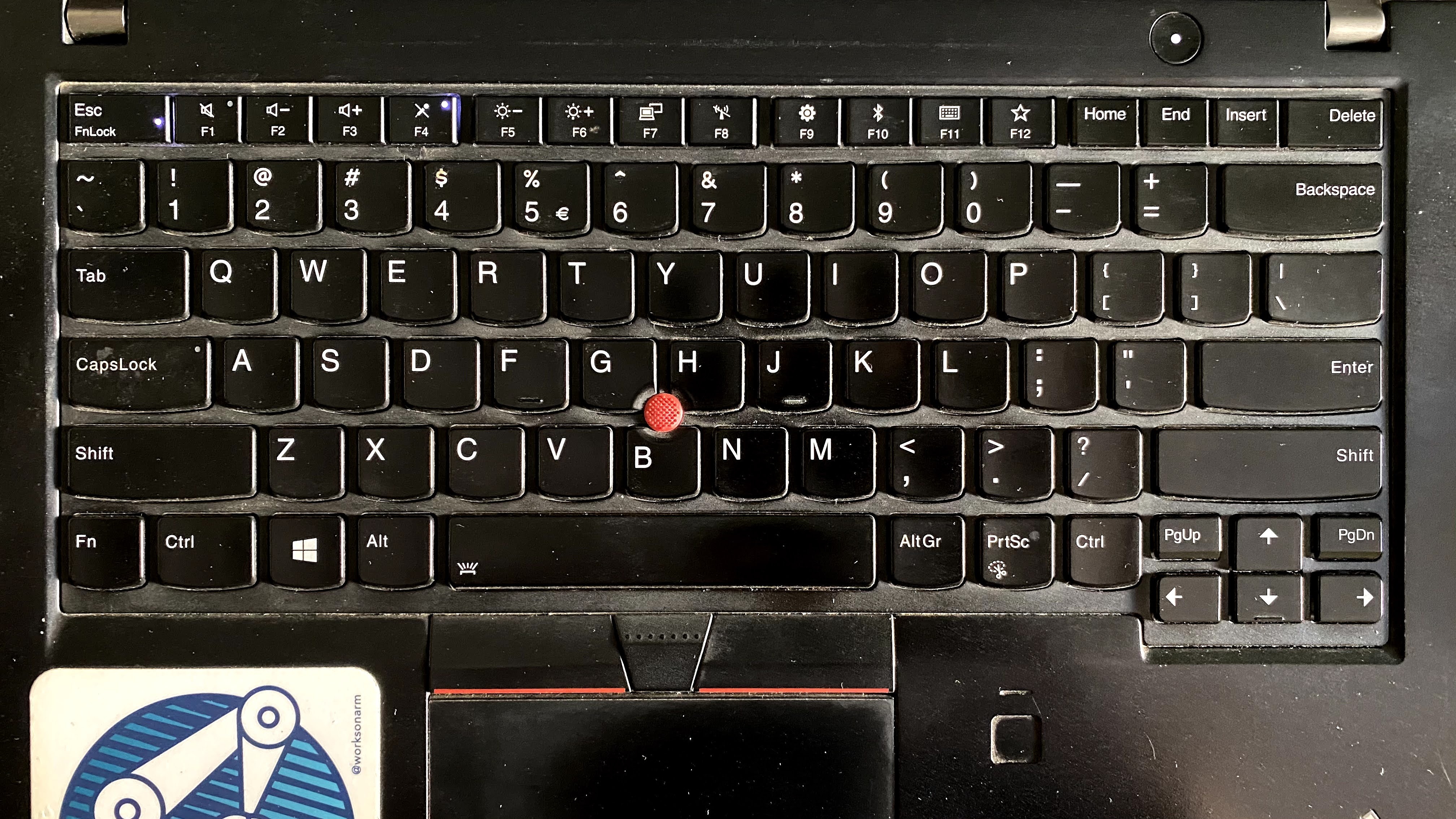

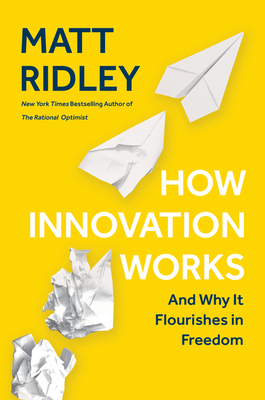
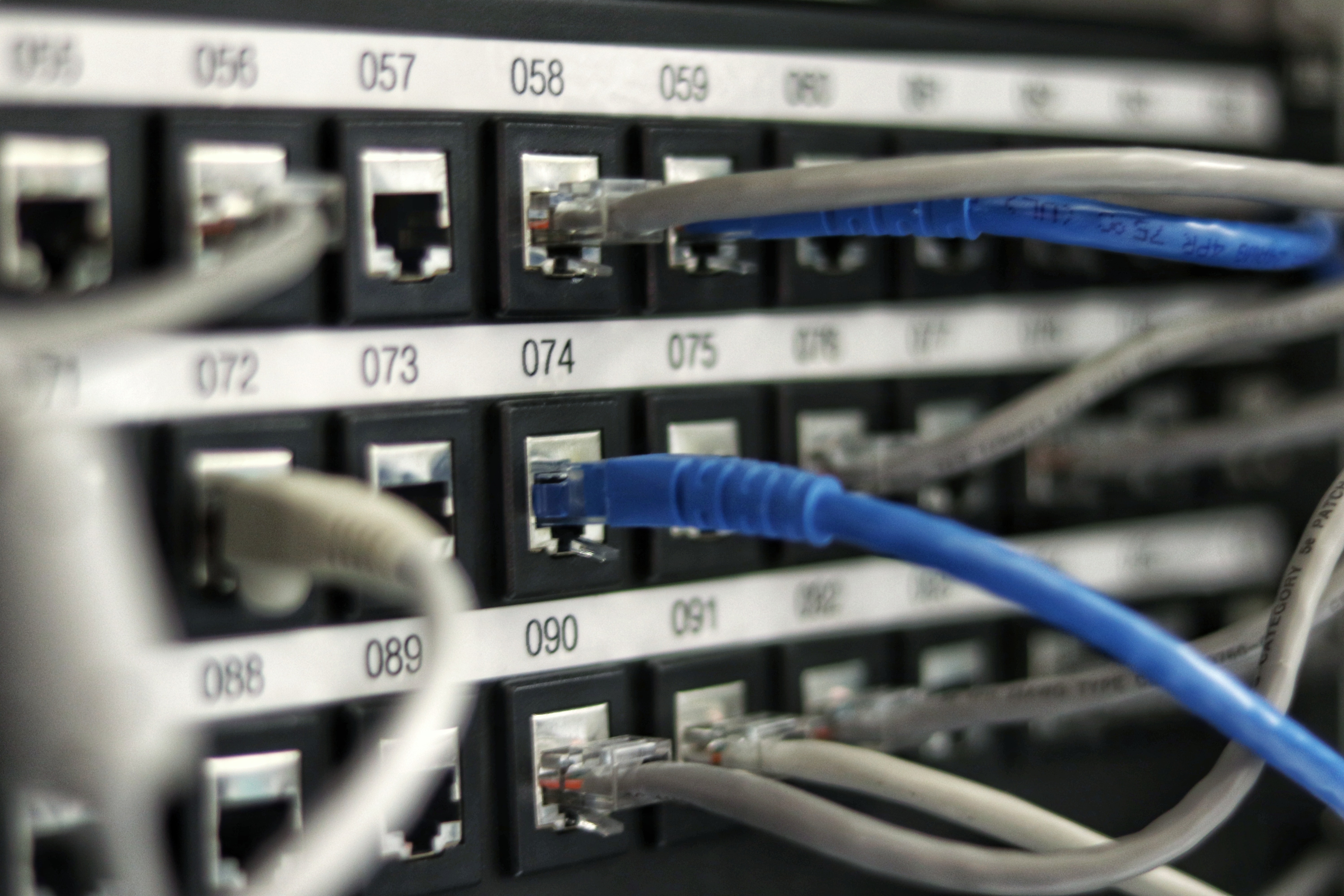
](https://suraj.io/post/2021/01/kubeadm-flatcar/flatcar.jpg)